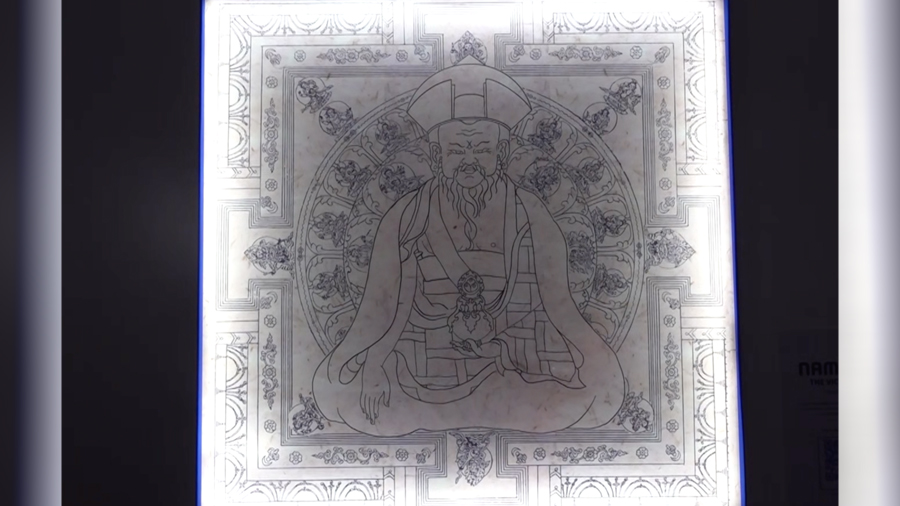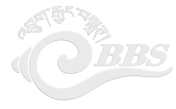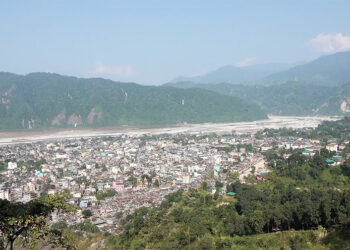 Bhutan has entered the digital era of heritage preservation with the launch of its first cultural non-fungible token or NFT project. Unveiled at the National Museum in Paro, an 18th-century Zhabdrung Phunsum Tshogpa Thangka is now available as an NFT asset. With the launch, eight NFTs are now officially up for sale. An NFT is a special kind of digital certificate that proves you own something unique on the internet.
Bhutan has entered the digital era of heritage preservation with the launch of its first cultural non-fungible token or NFT project. Unveiled at the National Museum in Paro, an 18th-century Zhabdrung Phunsum Tshogpa Thangka is now available as an NFT asset. With the launch, eight NFTs are now officially up for sale. An NFT is a special kind of digital certificate that proves you own something unique on the internet.
Each piece is priced between Nu 60,000 to 150,000.
Individuals can purchase via OpenSea mobile application by converting ngultrum into Ethereum. The conversion can be done through MetaMask app using credit or debit card.
Officials said international buyers are showing interest in the NFTs.
According to officials, early-stage incentives such as waiving off two days Sustainable Development Fee for foreigners procuring the NFTs are designed to spark interest.
Tshering Uden Penjor, Chief Curator of Museums Division, Dept. of Culture and Dzongkha Development said “This is a way that we want to move forward now. If it is successful, we want to move forward into, you know, we have got over thousands of artefacts in our collection, in our museum’s permanent collections. We want to use those assets, leverage on those assets to create opportunities for digital artists, which would further promote youth engagement.”
Officials confirmed that revenue from the NFT sales will be distributed to the artists, with a portion allocated to the government.
Garab Dorji, the chief IT officer of the GovTech Agency said “The proceeds will directly benefit the government while also opening up new income-generating opportunities for artists. This initiative could pave the way for a digital market that supports both cultural preservation and creative innovation.”
Local artists present at the launch expressed optimism about the potential impact.
Rewa Dorji, an artist said “I think NFTs can make a great deal of difference for youth and artists. We can reach a global scale rather than relying on traditional methods such as galleries and handicraft stores. And the more we learn to innovate and still maintain our originality, I think the further we can go.”
Tshering Wangdi, another artist said “I think NFTs can help artists and young people prepare for the future. It is just like how banking system has become digital. I can help youth prepare for the future.”
Similarly, Juma Lhazey said “Technology has provided us with the opportunity to share our digital creation with the global audience. Not only that, but the portrait doesn’t only represent a painting, but it’s also a representation of our Buddhist culture, heritage, and deeper connection to our ancestors.”
The month-long pilot will test Bhutan’s entry into the global NFT market.
Officials say the focus is on building lasting cultural value rather than relying on short-term incentives. They added that if it gains traction, more digital artefacts could soon follow.
Karma Samten Wangda, Paro
Edited by Tshering Zam









